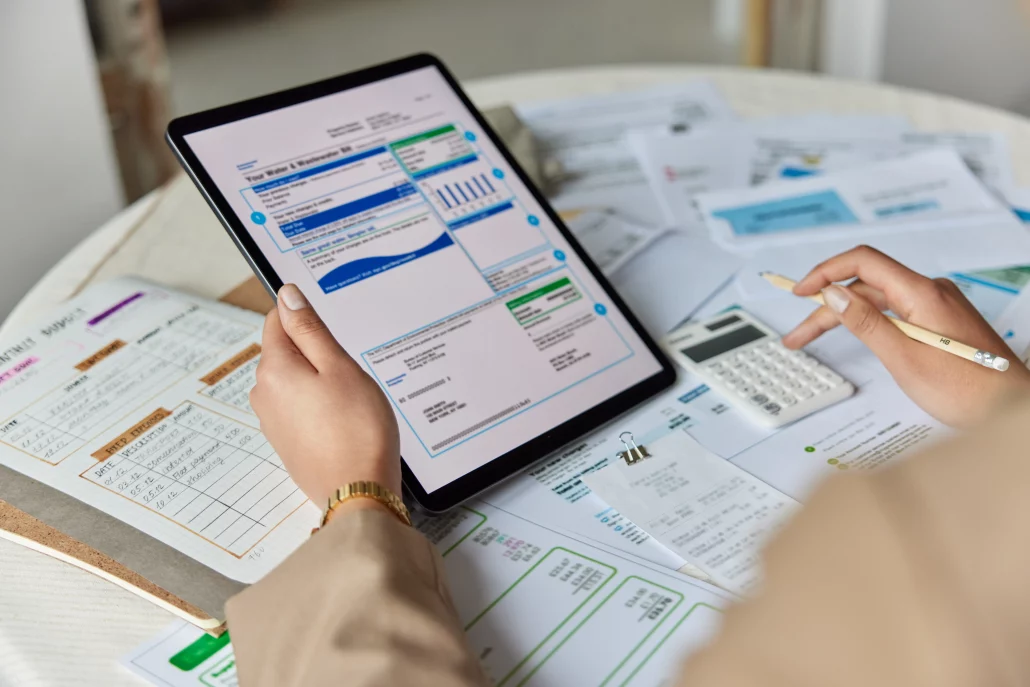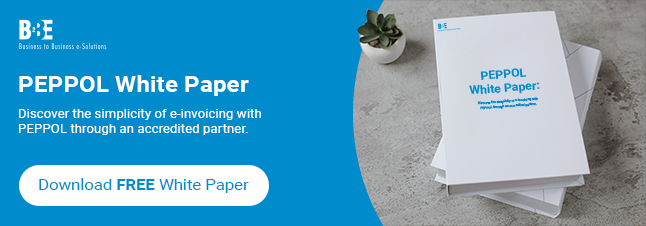In this article, we outline 5 key features to consider when choosing the best e-invoice software for your business.
电子发票 is becoming increasingly essential for businesses looking to digitalise their invoicing processes, improve efficiency, and enhance financial management. With a variety of e-invoice software options available in the market, selecting the right solution can be a daunting task.
5 Key Features To Consider When Selecting The Best E-Invoice Software
To help you navigate this decision-making process effectively, let’s dive into the key features and qualities you should consider when choosing the best e-invoice software for your organisation.
1. Multi-Channel Supplier E-Invoicing
A crucial aspect of e-invoicing software is its ability to support multi-channel invoice receipt from suppliers. Look for a solution that enables 100 percent e-invoice receipt using various document management methods, including Electronic Data Interchange (EDI), web EDI, email invoice, and document digitization. This ensures flexibility in onboarding suppliers, regardless of their technological capabilities or industry requirements.
2. Automated Validation
Efficient e-invoice software should incorporate automated validation processes to ensure that received invoices meet business and tax requirements before they are processed further. AI-based rules and processes can be utilised to manage matching or approvals, while pre-validation mechanisms help identify and address invoice discrepancies promptly. Automated failure notifications can be sent back to suppliers for rectification and resending, minimising manual intervention and errors.
下面请观看我们的视频综述:
3. Automated Invoice Enrichment
Enhancing invoice files with relevant data can significantly improve match rates and streamline accounts payable processes. Look for e-invoice software that offers automated invoice enrichment capabilities. For example, adding qualifier information or item codes from purchase orders. By enriching invoice data as it passes through the system, businesses can optimise the AI matching process and reduce accounts payable efforts.
4. E-Invoice Workflows
Flexibility in workflow management is essential for accommodating diverse organisational requirements and preferences. Choose e-invoice software that offers configurable workflows, including approval workflows for invoice approval processes, query workflows for handling discrepancies, and document correction workflows for rectifying errors. These workflows should seamlessly integrate with e-invoice or procure-to-pay (P2P) solutions, enhancing efficiency and adaptability.
5. Accounts Payable Automation
The ultimate goal of e-invoice software is to automate and digitise the accounts payable process. By doing this, businesses can reduce manual effort and improve efficiency. Ensure that the chosen solution seamlessly integrates with accounts payable automation tools, allowing for a no-touch approach to invoice processing. By digitising supplier invoices and automating accounts payable tasks, businesses can also achieve greater accuracy, speed, and cost savings in their financial operations.
Conclusion
In conclusion, selecting the best e-invoice software for your company requires careful consideration of various factors. This includes multi-channel invoice receipt capabilities, automated validation and enrichment features, flexible workflow management, and seamless integration with accounts payable automation tools. By prioritising these key qualities and aligning them with your company’s specific needs and objectives, you can ensure a smooth transition to electronic invoicing and transform your financial management digitally.
About B2BE
B2BE delivers electronic supply chain solutions globally, helping organisations to better manage their supply chain processes, providing greater levels of visibility, auditability and control. We’re driven by a passion for what we do, inspired by innovation, and underpinned by a wealth of knowledge. With over 20+ years of experience, the B2BE teams operate worldwide.
欲了解更多信息,请访问www.b2be.com。

